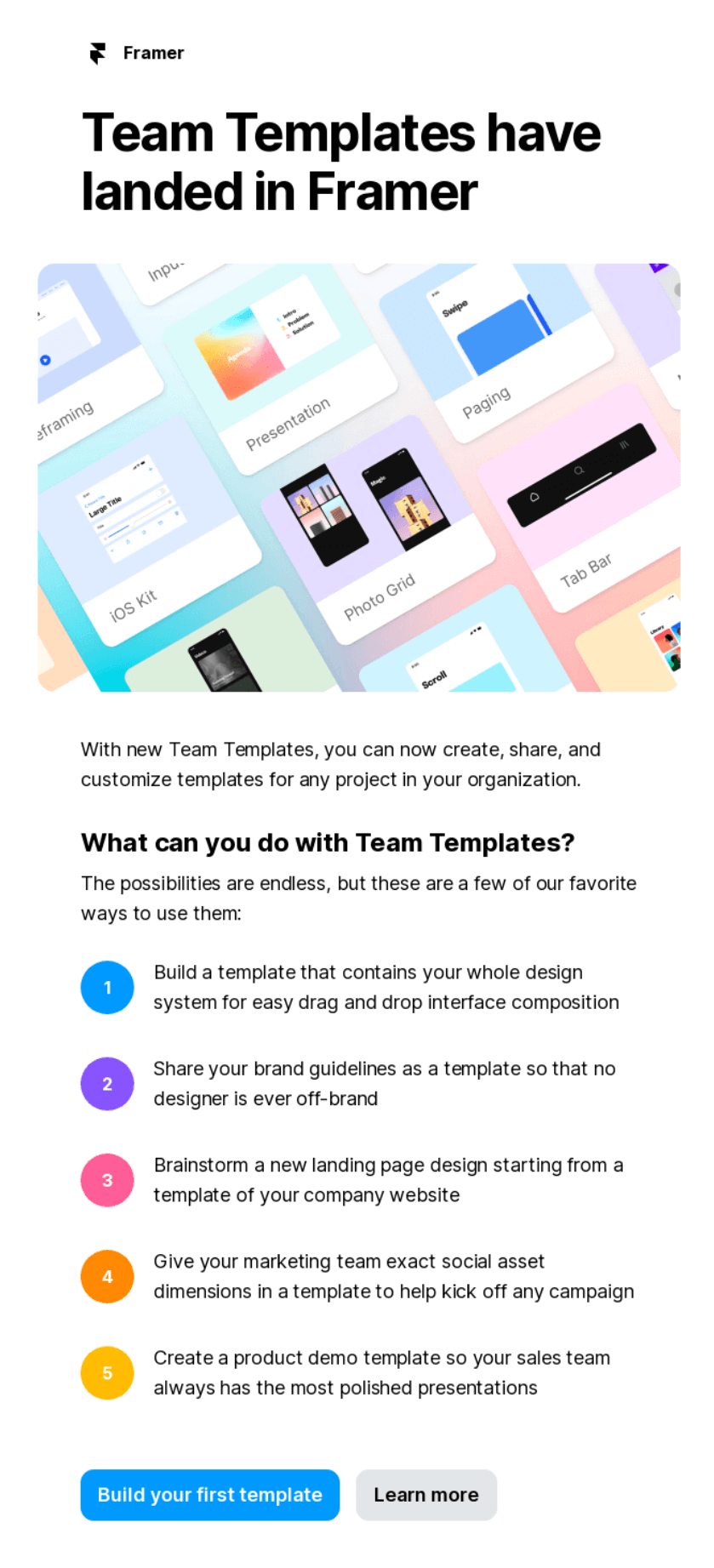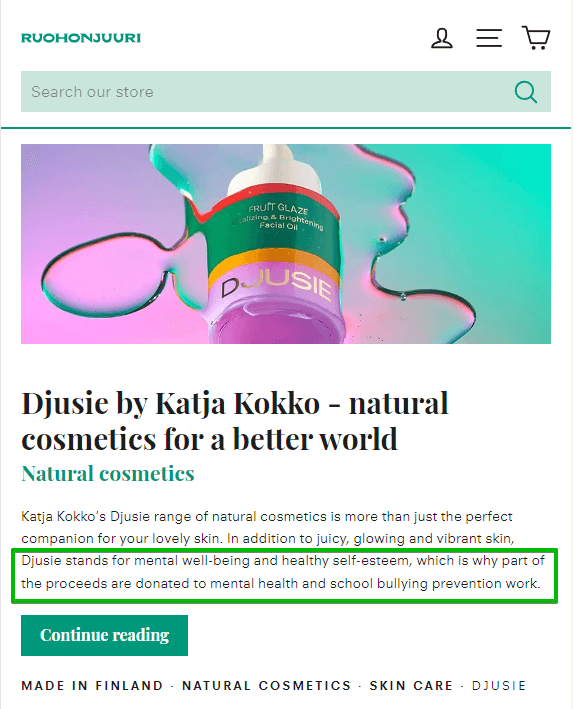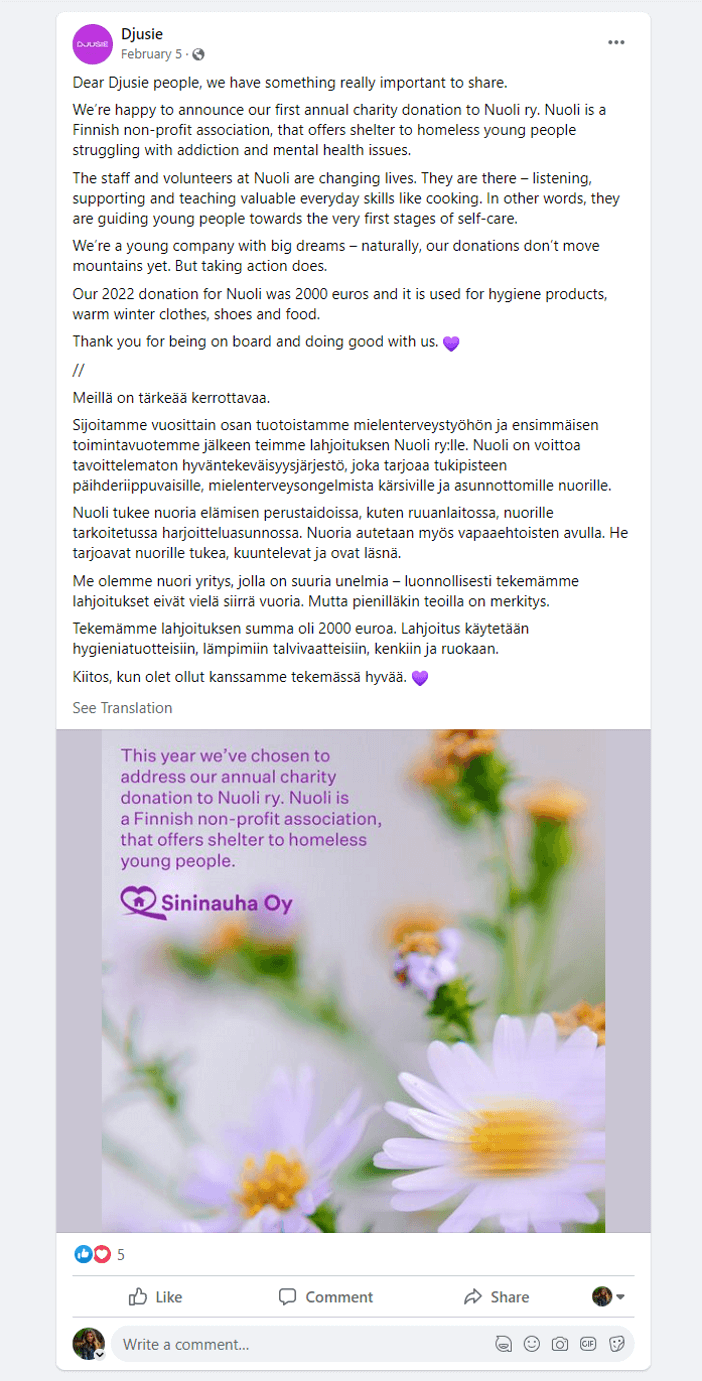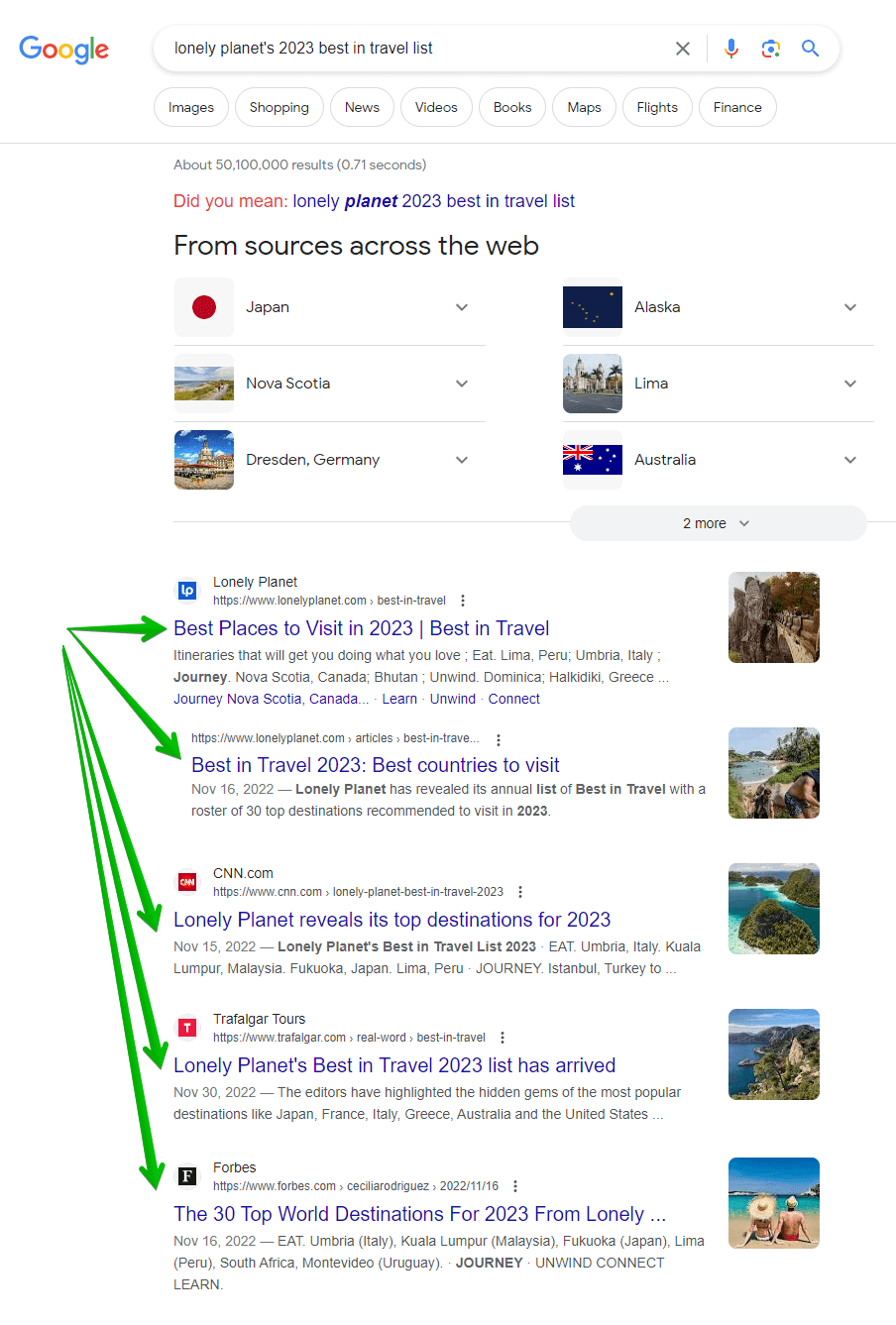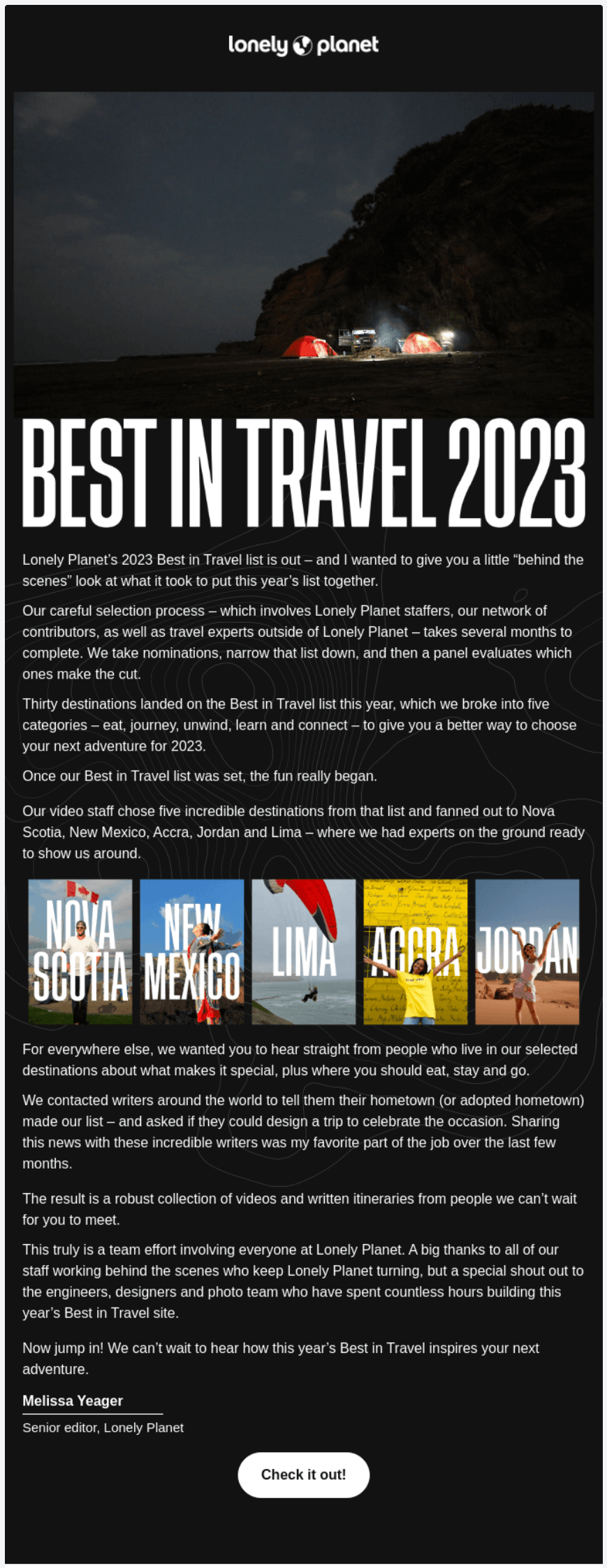Defining public relations and email marketing
PR and email marketing are both ways of communicating with your audience, but they use different channels and strategies.
PR uses third-party media outlets to spread the message and generate buzz for your brand. Email marketing employs your own email list to reach your audience directly and convert them into customers. By leveraging the strengths of both you can create the synergy that will boost your business results.
Before we dive into how PR and email marketing can reinforce each other, let’s first define what they are and what they do.
Functions of PR
Public relations (PR) is the practice of using media channels to promote your organization and cultivate a positive public perception. PR helps you build trust and credibility with your audience, as well as generate awareness and interest for your brand, products, or services.
PR professionals use various forms of communication, such as press releases, articles, whitepapers, reports, and public speaking engagements, to tell your story and showcase your value proposition.
Functions of email marketing
Email marketing is the practice of using email to deliver a variety of promotional content to a list of subscribers who’ve opted into receiving messages from your brand. Its main goal is to help you nurture and convert leads while increasing customer satisfaction and loyalty.
The practice involves the creation and deployment of multiple marketing campaigns tailored to your audience’s needs, preferences, and behaviors. These can be newsletters, promotions, surveys, drip campaigns like welcome and onboarding emails, abandoned cart and post-purchase messages, and other lead nurturing emails.




